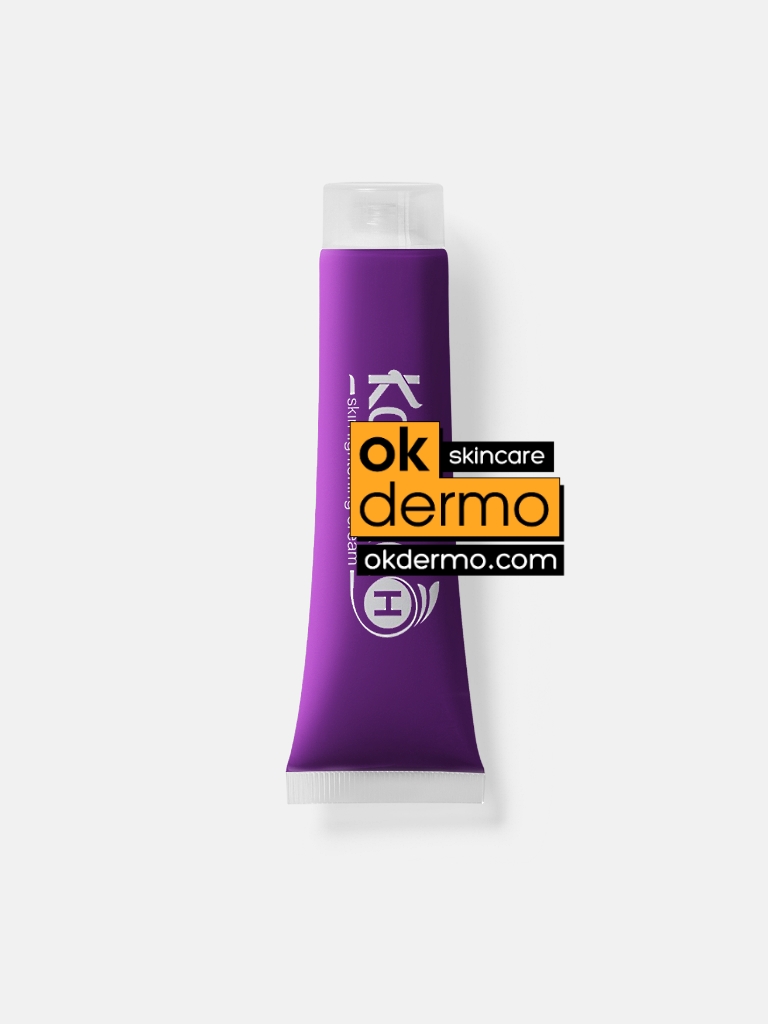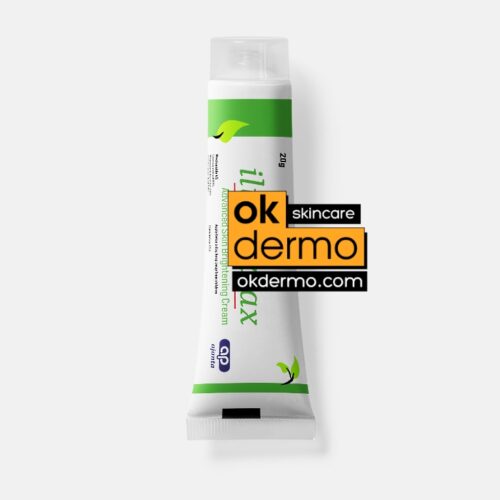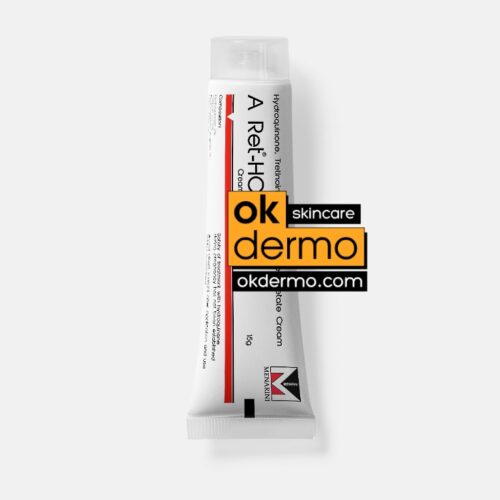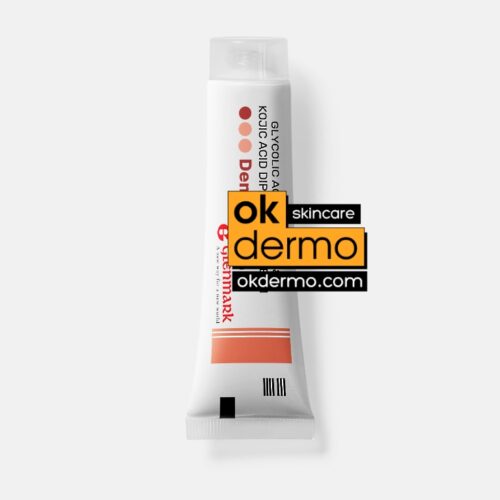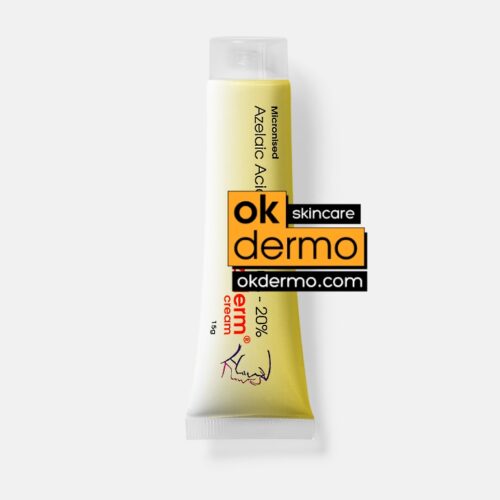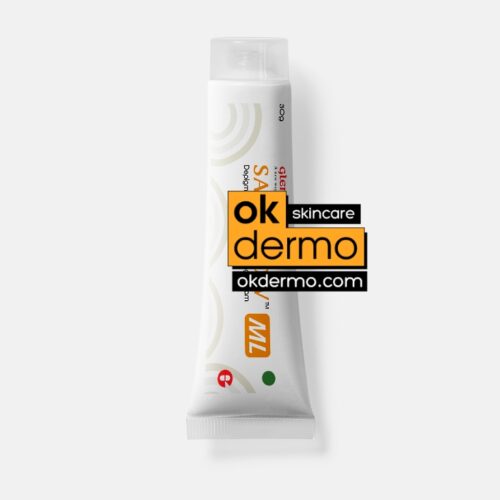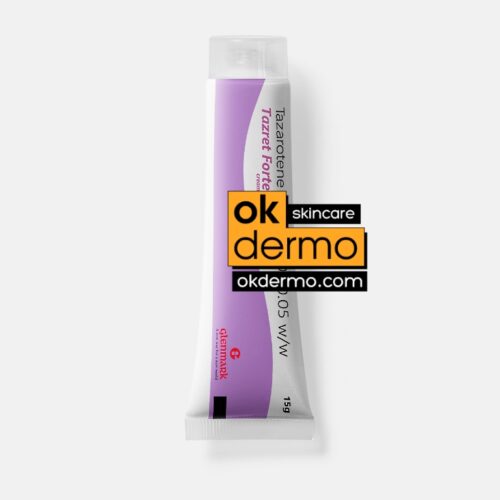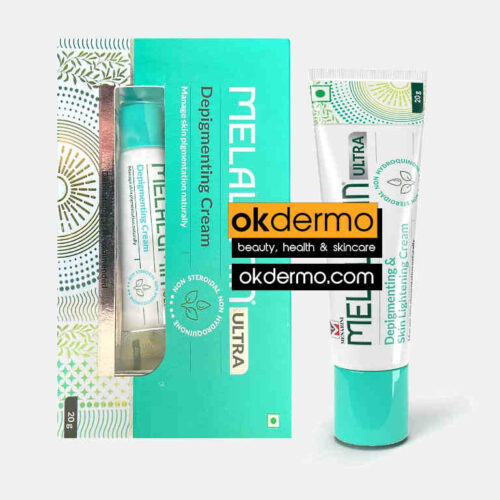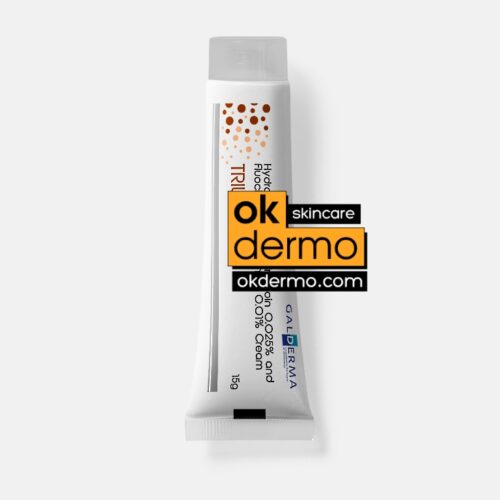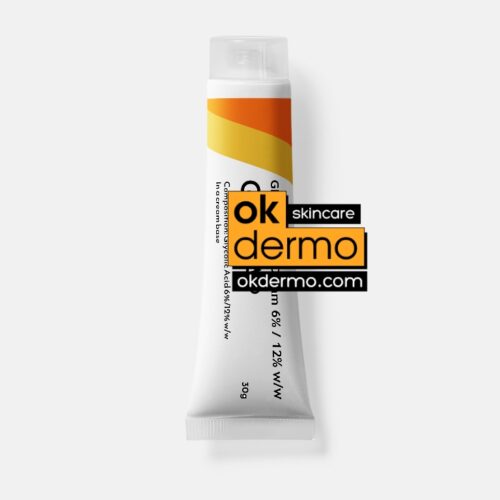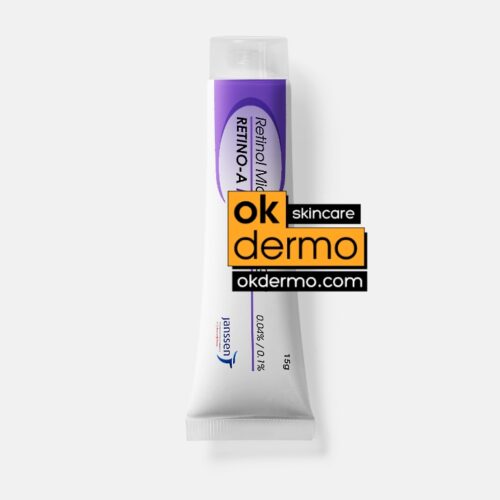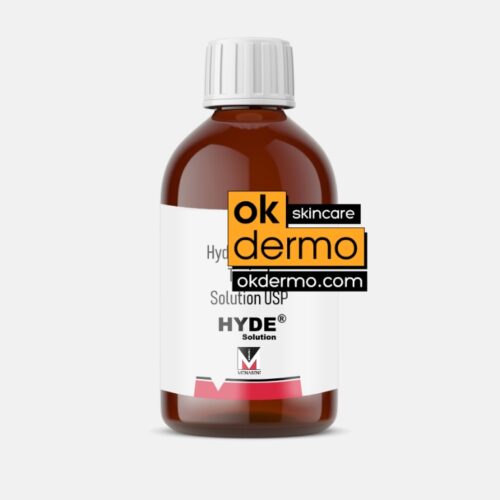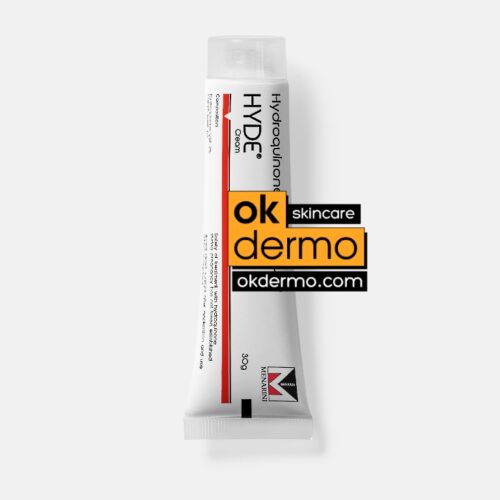Description
WHAT IS KOZILITE-H SKIN LIGHTENING CREAM
Kozilite-H skin lightening cream produced by Ethicare Remedies with its special active components helps to reduce blemishes and lightens skin tone. It has special skin lightening actives to achieve a radiant look. This unique fast-acting combination gives visible lightening from deep inside the skin. Kozilite-H Cream contains only potent and stable skin whitening ingredients. For better, faster, and proven results in hyperpigmentation combining several master skin lightening agents: Kojic acid, Hydroquinone, Glycolic acid, Licorice, Arbutin, Lactic acid. Kozilite-H Cream has been used hyperpigmentation such as chloasma, freckles, senile lentigines. It is ideal for melasma and generalized pigmentation, a well-balanced formula to treat uneven skin tone.
Wash and dry skin apply an even layer over the affected area twice daily. Massage thoroughly until the cream is absorbed completely into the skin. Apply once in the evening and once at night for the best results. Long term treatments with Kozilite-H Cream should be monitored by a medical professional.
KEY INGREDIENTS OF KOZILITE-H SKIN LIGHTENING CREAM
Kojic Acid – is a common ingredient in skin lightening or depigmenting products. Kojic acid can cause some side effects, particularly for those with sensitive skin. However, the Cosmetic Ingredient Review (CIR) Expert Panel has determined concentrations up to 1 percent of kojic acid are considered safe to use in cosmetics. Kojic acid inhibits and prevents the formation of tyrosine, which is an amino acid that’s needed to produce melanin. Melanin is the pigment that affects hair, skin, and eye color. Because it inhibits the production of melanin, kojic acid can have a lightening effect.
Kojic’s acid primary use and the benefit is to lighten visible sun damage, age spots, or scars. This can result in an anti-aging effect on the skin. In addition to skin-lightening effects, kojic acid also contains some antimicrobial properties. It may help fight off several common types of bacterial strains even in small dilutions. This can help treat acne caused by bacteria in the skin. It may also lighten scars from acne that haven’t faded yet. Kojic acid also has antifungal properties. It’s even added to some antifungal products to increase their effectiveness. It may be useful in treating fungal infections of the skin like yeast infections, candidiasis, and ringworm or athlete’s foot.
Hydroquinone – has a reputation as a controversial ingredient for skin, yet for more than 50 years it’s been established as the most effective ingredient for potentially fading uneven skin tone, brown or dark spots, and lightening skin. In the long run, hydroquinone is considered the best ingredient for skin lightening and that hasn’t changed over the years. Hydroquinone helps limit skin from creating an excessive amount of melanin, which is what gives skin its color. Too much melanin clustered together leads to the brown spots. Hydroquinone steps in to interrupt this process, causing brown spots to gradually fade.
With daily usage, you can reasonably expect a hydroquinone-based skin-lightening product to produce visible results within 2-3 months (8-12 weeks) of consistent use. That sounds like a long time, but keep in mind those brown spots didn’t happen overnight; they took several years to form and then show on the skin’s surface.
Glycolic Acid – originally came from cane sugar, beets, and unripe grapes. It is a natural derivative of the sugar of those plants. However, in more modern times it is now made synthetically by manufacturers. It is considered an alpha hydroxy acid or AHA. These types of acid naturally occur in molecules that are found in milk and fruit. For centuries, these types of acids have been used to exfoliate and soften skin. Yes, glycolic acid can bleach the skin but it isn’t necessarily a bleach for skin so to speak. It is an additive that using it in the right concentrations can make your skin look lighter. Since the acid causes skin cells that have been glued together in an unhealthy way to break apart, in small doses, glycolic acid can cause temporary skin whitening. Basically, the ingredient shortens the cell life cycle and makes a complexion look lighter.
Licorice – The cornice herbal root extracts are also used in treating a variety of skin diseases due to its antioxidant, anti-inflammatory, antimicrobial, anti-carcinogenic, and antiviral properties. The primary antioxidant and anti-inflammatory compounds found in licorice are saponins, flavonoids, glycyrrhizin, and glycosides- glycyrrhizic acid. A recent study has shown that a combination of licorice root extract with retinoic acid and betamethasone resulted in a brilliant skin lightening response in 70% of all patients. The topical application of glabridin repressed UVB- induced pigmentation and erythema in the skin of animals, mainly guinea pigs. The effective extract is made from small, rough, and brown licorice root, which usually tastes and smells like candy but is not actually sweet when tasted.
Arbutin – A natural skin lightening/whitening agent. It works by slowly releasing hydroquinone through hydrolysis, which in turn blocks Tyrosinase activity and reduces the skin’s melanin (pigmentation) production. In cosmetics, this ingredient appears in two different forms: Alpha-Arbutin or Beta-Arbutin. Due to patent concerns, most skincare products contain plant extracts that contain Arbutin (e.g. bearberry, pear, blueberry), rather than pure Arbutin.
Lactic Acid – is a natural acid derived from milk, fruit, vegetables, and other plants. It’s found in over-the-counter skin care products used for anti-aging and is also used in chemical peels. With a reputation for being gentler and less irritating than glycolic acid, it also hydrates, increases natural barrier lipids in the outer layer of skin, and lightens and brightens the look of skin for those with discoloration. Mainly, however, lactic acids and other AHAs are used to exfoliate.

